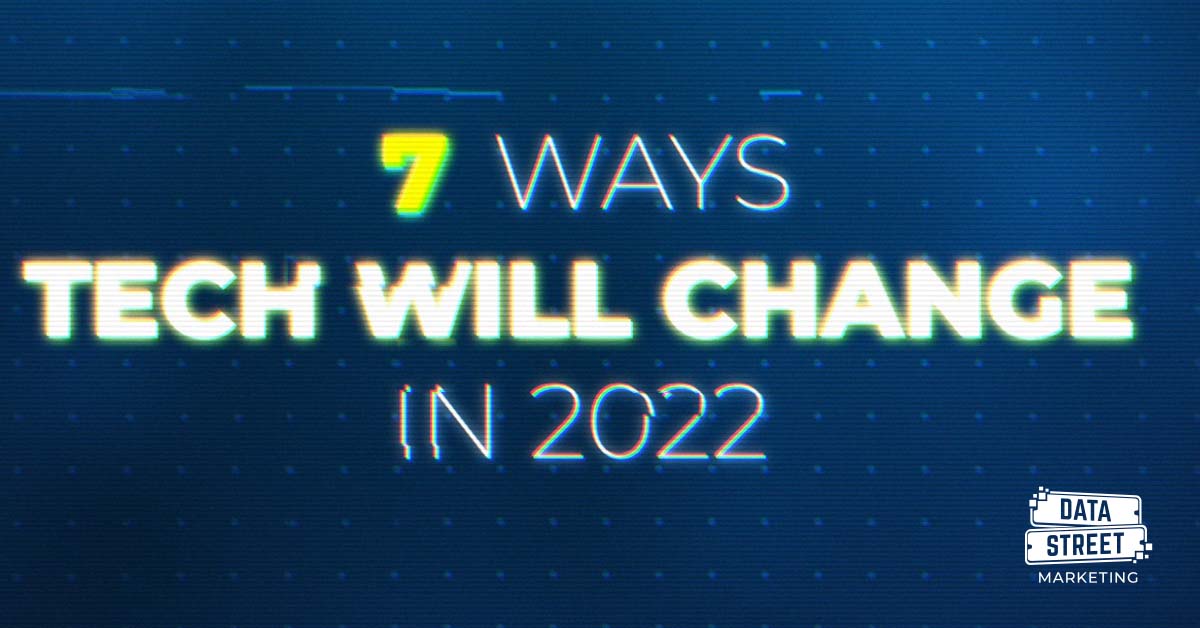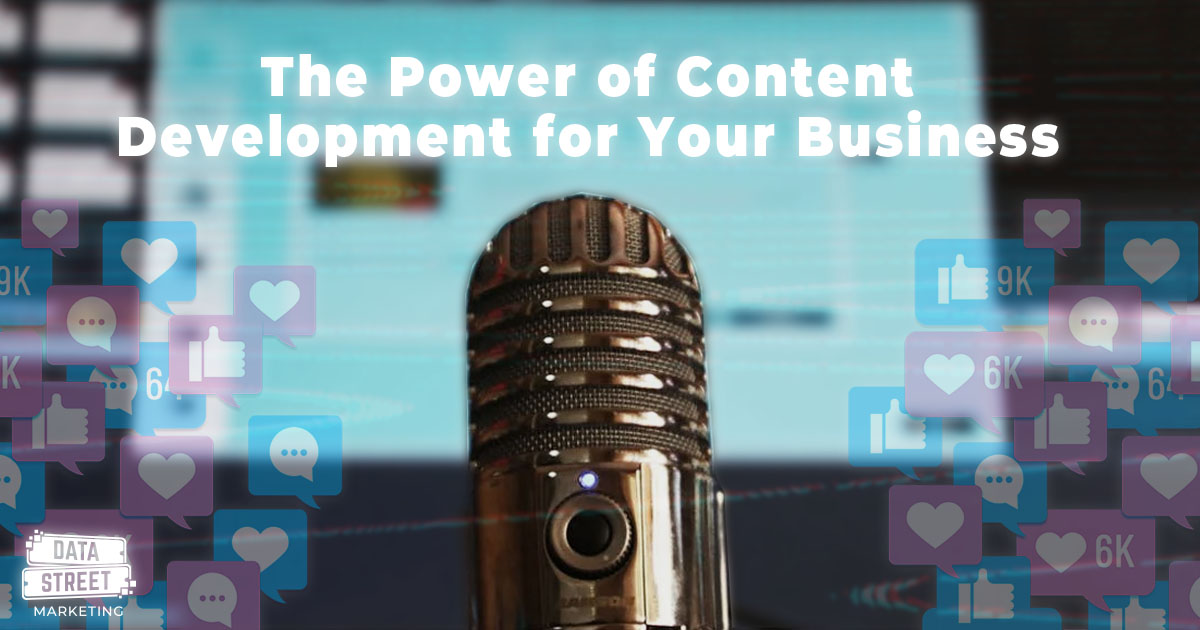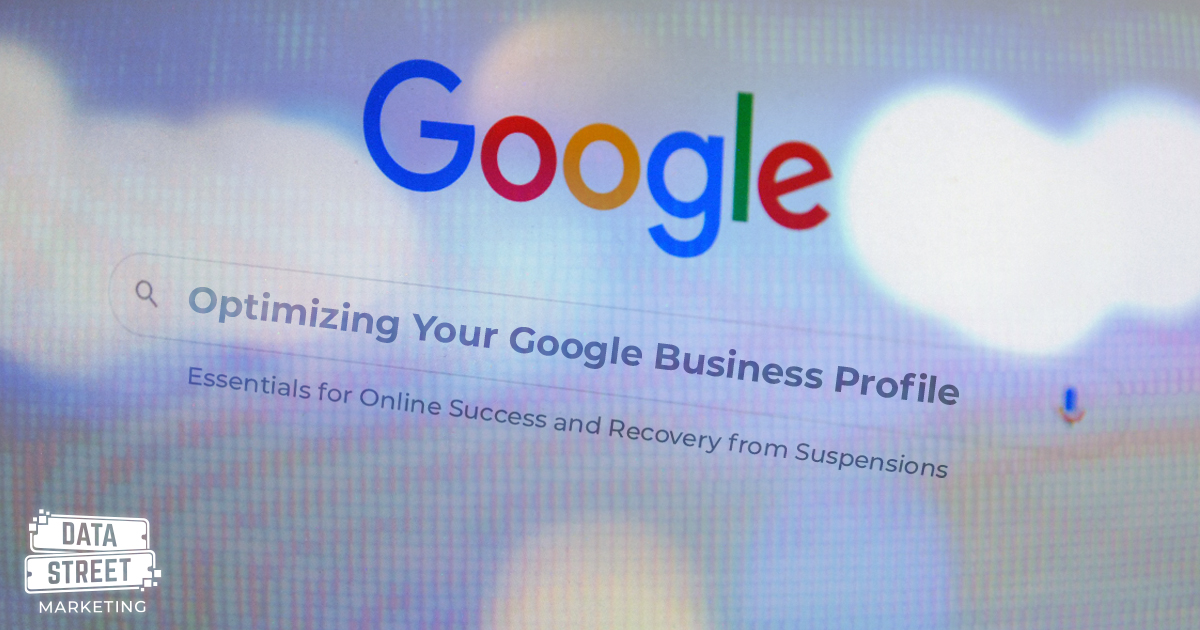2022 is expected to be a year of big tech promises. Even with the inevitable variants that seem to invade progress, there is innovation. In many ways, this makes 2022 the year of “hurry up and wait”. Big tech developments will take time to catch up just as consumers are catching on to the hype, and companies on the production side must be careful not to over promise, over-hype, or overdeliver.
At the same time, experts advise that companies who are in the position to invest should buy-in now more than ever. Certain technologies aren’t going anywhere such as smart home gadgets, health wearables, and virtual reality (VR), which all depend on our personal data to improve and adjust. Understanding that there is a catch-22 to investing in innovative technology, consumers end up with feelings of mistrust and unwillingness to be the guinea pigs of big tech; however, when we don’t act on the opportunity, we get stuck in the “why can’t my voice assistant understand my accent?” phase.
Metaverse Approaches
Facebook’s launch of Meta and its buzzing metaverse has generated a lot of hype, but meta-enthusiasts have been exploring virtual real estate for some time. Now that Facebook is catching on, other tech giants aren’t far behind. 2022 is going to be a “race into the metaverse” as large tech companies wrestle for a piece of the pie. As users continue to invest in NFTs, virtual homes, furniture, and the like, Google, Microsoft, and Apple may soon introduce their own headsets and operating systems similar to the PC and smartphone equivalents. Playing nicely with different operating systems will be a challenge, but one that will catapult the product successor and others behind them to the top.
Smart Homes Get Smarter
This brings us directly to our next “matter” of business. Tech giants including Apple, Amazon, Google, and Samsung, have teamed up to develop a new smart-home standard, Matter. Their aim is to develop software that ensures all of your home gadgets will work symbiotically with one another, regardless of the manufacturer or the virtual assistant you use when interacting with them. According to the Vice President of Engineering at Google, consumers won’t have to think about what ecosystem their smart-home-connected devices operate on. While it’s tough to imagine big tech companies working together, this product should hit the market in 2022.
Chip Shortage to Remain
Unfortunately, there’s one tech issue that isn’t changing in 2022. Experts say that the effects of the current chip shortage won’t start to fade until the end of the year, and that’s the best case scenario. Computer chips are everywhere – in every car, water treatment plants, power lines, internet cables, and any product that plugs into a wall. Our modern world runs on them, and they require highly controlled environments to be constructed. Chip “fabs” cost billions of dollars and can take two years to build, and current fabs are at full capacity.
Several factors contribute to the shortage of chips, and it’s difficult to predict just when the chip shortage will end due to sudden changes like the pandemic and given the time it takes to construct fabs. There are companies planning to build plants on US soil, but it’s unlikely that these facilities will be ready in time to make a dent in America’s technological demands.
Wearable Health Analytics
With more health wearables measuring our hearts, lungs, sleep schedule, steps, and calories, consumers are gaining more and more biometric data with each device, and clinicians are already beginning to utilize it. In 2022, you may use a ring on your finger to see how your cardio is actually affecting your sleep. Folks may have been concerned before, but statistics show that 19% of Americans use wearable technology and trackers to measure mental and physical health and the numbers are growing.
Getting more insight into our daily routines and habits can help us make better decisions and notice inconsistencies before they snowball. One problem experts foresee is that health wearables generate a large amount of unprotected data from privacy laws like HIPAA, so it is hard to know where the data will show up and how it will impact the user.
Low Carbon Shipping
Today, 2% or less of road transportation fleets produce zero emissions, but as a result of bulk shipping in both rail and seaborne routes, low-carbon solutions have emerged. These solutions include a CO2-emission-free passenger train, the Coradia iLint. The world’s first hydrogen passenger train was built in Germany and emits only water vapor and condensation. The Alstom train features several different innovations including clean energy conversion, efficient energy supply, and a storage system combined with intelligent energy management. Secondly, the development of alternative shipping fuels like green ammonia, a carbon-free gas produced using renewable energy, has begun paving the pathway for net-zero emissions in the shipping industry.
Mainstream Cryptocurrency
Crypto is moving from fringe to finance to mainstream. El Salvador became the first country to make bitcoin legal in September 2021, and central banks in Sweden, Canada, the EU and the UK are also considering their own digital currencies. Some countries remain hesitant due to risk and fraud including China, Bangladesh, Qatar, Egypt, and Morocco who have banned the use of cryptocurrency. Keep in mind that while the crypto-boom is indeed in full swing, it isn’t entirely great for the environment. Tech experts believe that over time and with less regulation, it will become a more sustainable legal tender in the future.
Sustainable Energy Solutions
The clock is ticking, and in this decade, we must deliver on the energy transition needed to reduce the effects of climate change and make a difference for our future generations. According to the Jet Propulsion Laboratory, the COVID-19 pandemic that has resulted in limitations on travel and other economic sectors around the globe has drastically reduced air pollution and greenhouse gas emissions just within a few weeks. The climate and biodiversity crisis offers a huge market opportunity and will be what determines big tech in the future, so those quickest to move in will win. Prolonging the life of old coal will inevitably cause companies to lose out in the long run. Several conferences held in 2022 will determine the outcome of the green-rush, and the next chance for a global pulse check won’t be until COP27 in November.
Explore Digital Marketing Solutions with Data Street Marketing | Jackson, MS
There’s plenty of time to see how these trends will affect us in 2022, but some are already catching momentum. It’s an amazing and exciting time in tech, and we are eager to keep our finger on the pulse for determining the digital marketing opportunities to arise. Data Street Marketing is your cutting-edge, premier digital marketing agency in Jackson, MS. To learn more about these tips and other digital marketing trends in 2022, reach out to our team of analysts today! Contact Data Street Marketing to join the neighborhood.







